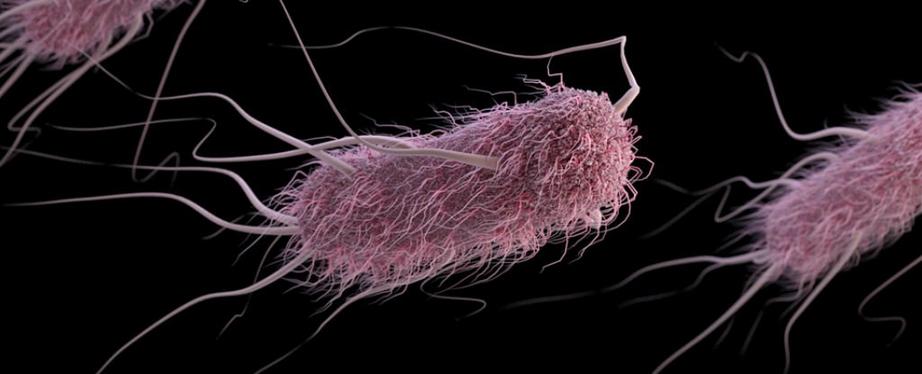These artificial cells are not alive - but they just passed the Turing test
They're communicating with bacteria.
Scientists have built artificial cells that are so life-like, they've tricked natural cells into thinking they're communicating with one of their own.
 They could communicate with E. coli bacteria
They could communicate with E. coli bacteria
This twist on the classic Turing test means that not only can our robots fool humans into thinking they’re one of us - scientists can now make artificial cells that act so real, living organisms can’t tell the difference.
"We have been interested in the divide between living and nonliving chemical systems for quite some time now, but it was never really clear where this divide fell," one of the team, Sheref S. Mansy from the University of Trento, Italy, told ResearchGate.
"[I]t is absolutely possible to make artificial cells that can chemically communicate with bacteria."
Proposed more than 60 years ago by British computer scientist Alan Turing, the Turing test is designed to evaluate the intelligence of a machine by asking one simple question - can it trick a human into thinking they’re having a conversation with another human?
Today’s robots are so advanced, even their strategic silences seem human, and now scientists have set their sights on a different type of artificial intelligence - non-living cells constructed in the lab.
To make their artificial cells, Mansy and his team built tiny, cell-like structures packed with DNA instructions that they could use to make RNA, which in turn would produce specific proteins in response to outside stimuli.
These proteins would only be produced in the presence of a particular bacterial molecule - an acyl homoserine lactone (AHL).
When the artificial cells were placed near living bacteria from three different species - E. coli, Vibrio fischeri, and Pseudomonas aeruginosa - and they started producing proteins in response to the AHL, it told the researchers that they were 'listening' to their bacterial neighbours.
But it’s not enough to just listen in on someone else’s conversation - if you want to convince someone that you’re just as alive as them, you have to engage them in a two-way conversation.
Once the researchers could prove that their artificial cells were detecting the presence of living bacteria, they gave them the ability to communicate with them, by producing their own AHLs that could be interpreted by the bacteria.
This process mimics how simple lifeforms communicate with each other in nature - such as bacteria talking to bacteria, or bacteria talking to algae - and it means we could theoretically build cells that act as mediators for organisms that are having trouble connecting.
"Artificial cells can sense the molecules that are naturally secreted from bacteria, and in response synthesise and release chemical signals back to the bacteria," Mansy told Maarten Rikken at ResearchGate.
"Such artificial cells do a reasonably good job of mimicking natural cellular life, and can be engineered to mediate communication paths between organisms that do not naturally speak with each other."
The artificial cells still have a long way to go, particularly towards being self-reliant.
As Mansy explains, the 'translation machinery' required for them to produce proteins from RNA blueprints was isolated from living bacteria and implanted into the artificial cells, but the ideal scenario would be to have the cells producing their own translation machinery.
That said, the fact that the living bacteria ultimately couldn't tell the difference means we could build these things in bulk, and use them to facilitate vast, highly complex networks of organisms that would never usually communicate on their own.
And they could even do the opposite. The team found that in some cases, the artificial cells could interfere with the activity of disease-causing bacteria, which means one day we could use them to neutralise biofilms - adhesive colonies of harmful bacteria that are responsible for more than 80 percent of all microbial infections in the body.
With scientists unveiling the first ever 'semi-synthetic' organisms last week; this human-pig embryo being built in the lab; and robots passing a classic self-awareness test, we might soon have to adjust our definition of life as a wholly natural construction, and accept our lab-built counterparts as (almost) as good as the real thing.
The research has been published in ACS Science.

